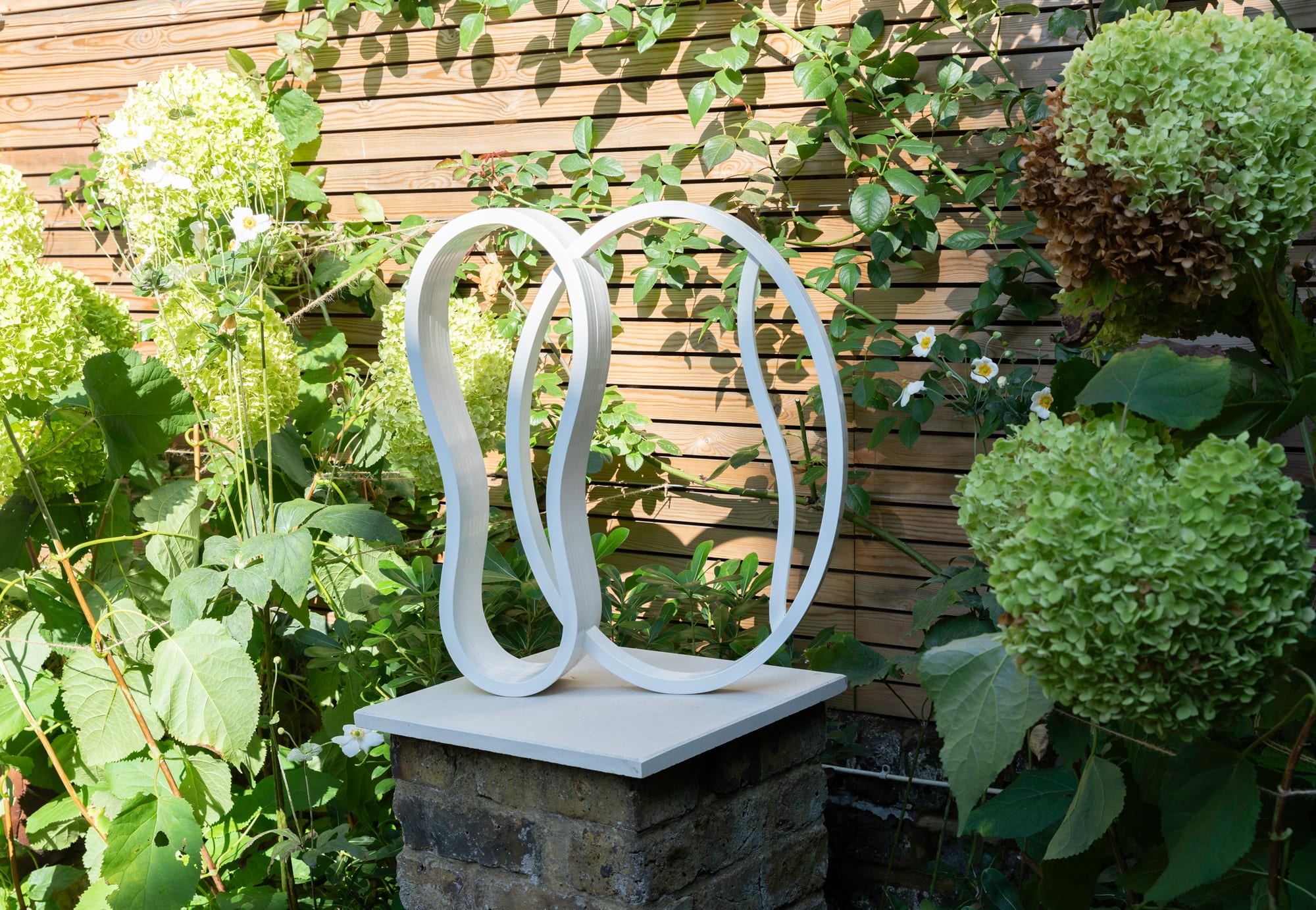-
Nigel Hall’s art is abstract. His earliest sculpture in the sixties was experimental and used a variety of media. From the seventies to the mid-eighties, painted aluminium rods marked a new sense of angular shapeliness and comparative austerity in his work. By the mid-eighties, ellipses became central to both his two- and three-dimensional work, and since then he has continued to develop this formal language with an unfailing sense of inventive delight. Cones, teardrops, figures of eight and bars are also distinctive features of his work. The layering and intersection of these few elementary shapes variously suggest rhythm, ripples, vortices, although they are essentially static. Their artistic purpose pertains to form, the evocation of internal and external surfaces, and the definition of space.
-

-

-

-

-

-

-

-

-

-

-

-

-

-
Hall has always made drawings alongside his sculptures. In his two-dimensional work he exploits the freedom from practical and material constraints: ‘they exist in their own space, which isn’t the same space that the sculpture exists in’, he told the critic Andrew Lambirth. Most of his drawings are made with charcoal, a pliant medium well-suited to variously subtle and sharply defined distinctions of light and shadow. In the eighties Hall used pastel with charcoal, and latterly gouache or acrylic with charcoal to create glowing shapes so saturated with colour that they suggest the density and substance of a three-dimensional body.
-

Nigel Hall
1598, 2012Gouache and charcoal
40 x 75.6 cm£4,150 + VAT
-
For availability and prices please contact the gallery
Nigel Hall: Secret Garden
Current viewing_room


















